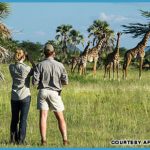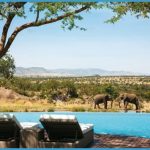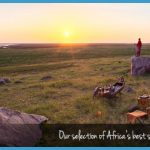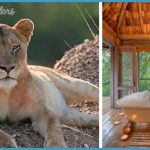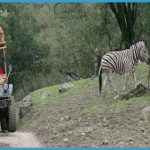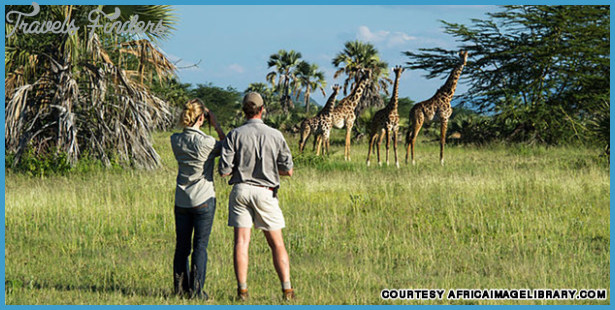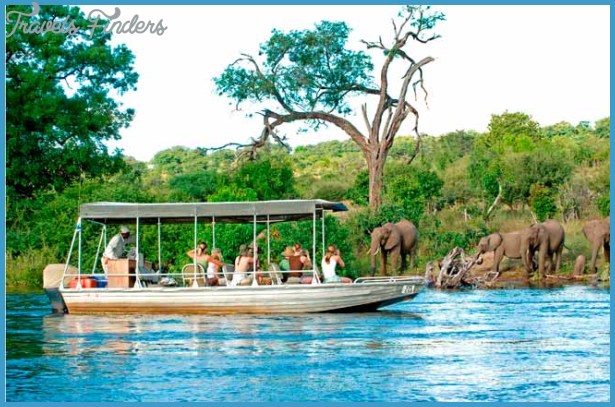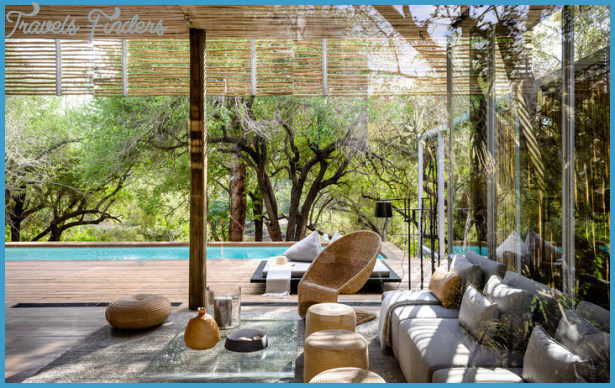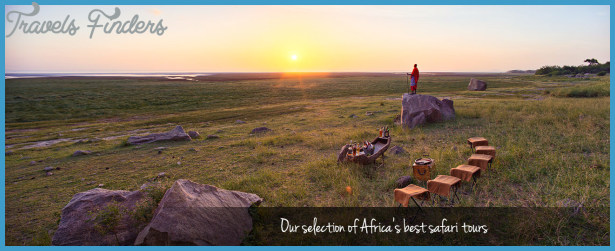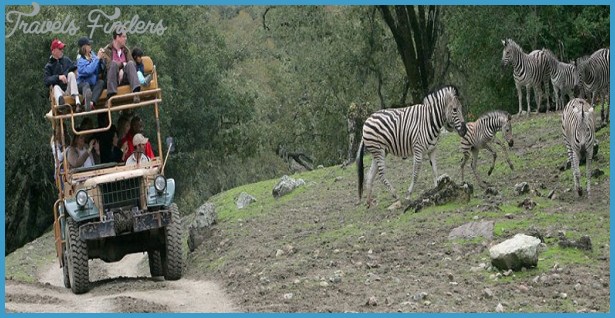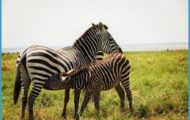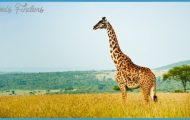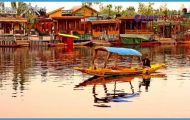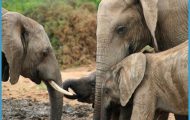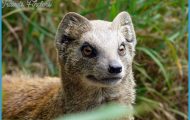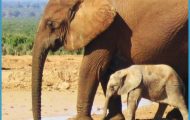Bunches of leathery, green-stemmed Water Crowfoot plants rooted in the shallow, gravel riffles, floating their gorgeous, white-as-snow flowers on the water’s surface, decorated our idyllic riverine route. Straining ahead to distinguish river from sky, we suddenly spotted a tiny bow wave reflecting the evening sun, a bow wave followed by V-shaped ripples heading across the river. The canoe yawing wildly as we grabbed our binoculars and dropped the paddles (thankfully, inside the boat), a full-grown beaver came into focus.
It eyed us cautiously, circled in the water, its metre-long, chestnut-brown body hardly breaking the surface. It swam off downstream and we paddled hard to try and keep up. Then, as if aware that we were in hot pursuit, it circled once more in the river, its marbles of dark eyes fixed on us. Suddenly, it arched its back, dived headfirst underwater and slapped its large flat tail on the water’s surface with a loud whack, a beaver alarm signal to warn others of hostility afoot. It didn’t work. As we drifted further on our four-mile downriver trip, we spotted another three beavers, all of them keeping their distance, swimming and diving in the clear, cool water, their little, sun-reflecting bow waves a giveaway. Thankfully, the curse of Stein Erik hadn’t followed us into the river.
The Best Safari Photo Gallery
It wasn’t until a few years later that we were driving along a track in the Baxter State Park in Maine in the northeast USA, just south of the Canada border, that I saw my first Elk, or Moose as it is known in North America. In true Stein Erik tradition, I lurched to a sudden halt, spraying gravel this way and that. Just to our left in a small lake, a pair of huge, tell-tale antlers were rising out of the water, parts of them draped in green weed. It was something of a John the Baptist moment. And here was one, then another, emerging from feeding on the lake bed greenery, coming up for air now and again, their huge spreading antlers followed by their overly long, barrel-shaped head and snout. If the water gets too deep for them, Moose are surprisingly good swimmers.
They are not the best looking of the deer family. In fact they look as if they have had a nose job which has gone very badly wrong. Their affinity with water is threefold: because they graze the floating and bottom-growing vegetation; because it cools them in summer; and because it gets them away from the blackflies that pester them. Most of the vegetation they eat on land tends to be short of sodium so Moose make up for that by consuming water plants, apparently a richer source of the mineral they need.
Unlike almost all deer, Moose are solitary animals, never living in groups. Maybe they don’t like the look of each other. And they always seem rather ponderous and slow moving. But don’t be fooled. Angered, they can put on an impressive show of speed. What they do have in common with other deer, males only, are their antlers. And it would be difficult to beat the sheer size of a full grown bull Moose’s huge pair. They can be up to 200 cm wide (that’s nearly seven feet); they are dropped prior to each winter to conserve energy, then re-grown each spring when a bull feeds voraciously to nurture their growth. Moose antlers are sexy appendages, to cow Moose anyway; the cows actually select male partners based on their antler size.
Since the 1990s, Moose populations have declined dramatically in virtually every part of North America. No one is sure why. It appears to be a combination of factors, from changes in habitat and heat stress caused by global warming, liver flukes, brain worms, unregulated hunting to the reintroduction of wolves and winter tick infestations. In Europe, though, especially in Scandinavia and Russia, they are abundant and doing well in spite of my difficulty seeing them with Stein Erik.
Moose can be a lethal hazard when they cross roads, especially at night when they are often hard to spot. It can be a deadly experience both for the animal and for the vehicle’s occupants. That’s because of the Moose’s shape: rather thin spindly legs and a very heavy body. Generally, when colliding with it at speed, a saloon car’s front bumper and grille will break the Moose’s legs, causing its body to crash through the windscreen and crush the front seat passengers. A full-grown bull Moose can weigh up to 700 kg, the weight of a small car. Seatbelts or airbags will give you no protection. Which is why most forest roads in Scandinavia have frequent Elk warning signs and most main roads are fenced to prevent them crossing.
Baxter State Park made up for Stein Erik’s safari. But it had its own frustrations all the same. One of the common mammals of this mainly forested, nearly 900 km2 area, is the Black Bear. They are not large bears; adults can weigh as little as 50 kg, much less than Brown Bears, though some are larger. But could we spot one? Each time we arrived at the State Park visitor centre, the staff had recently spotted one nearby. They soon got to know us – the visitor centre staff, most certainly not the bears – and seemed genuinely sorry every time we turned up and had just missed yet another impressive viewing. I should have explained that it was the curse of Stein Erik all over again. But I didn’t. And I have still never seen a Black Bear.
Forests – often with extensive bogs associated with them – anywhere in the northern extremities of our planet from Russia to Canada and Alaska (where it’s called muskeg’) can be exciting places for a variety of wildlife. Store Mosse is the largest, partly pine-forested mire in southern Sweden; 10,000 ha of marsh, lakes and conifer forest near the southernmost world limit of this kind of habitat. Walking out on the extensive track network provided by the Park Authorities gets you into what feels very quickly like a huge wilderness. Red Squirrels rustle in the trees; in one clearing around an abandoned hut we came across a family of them, the youngsters maybe two-thirds grown but already sporting bushy russet-red tails that seemed larger than their bodies and little ear tufts too. Without doubt, they really are very endearing mammals. Scurrying this way and that, the youngsters kept bobbing under the wooden foundations of the shack, then coming out and tearing about on the open ground around. It was difficult to count them but there were definitely more that the average three or four that’s normal in a single brood. So perhaps we had stumbled across a squirrel creche. Whoever was in charge was not having much success corralling them!
Getting an overview of a huge, flat wetland like this is always difficult, so the attraction of a three-storey viewing platform was obvious. It gave us commanding views over a very large area of the national park including some of the breeding area for Common Cranes. And what a view that turned out to be. About a kilometre away (they need undisturbed places for successful breeding) we could see them standing on boggy ground between scattered pines and spruces, their nesting platforms – piles of branches and vegetation built up on the bog surface – obvious too. Some of the cranes were incubating, sitting tight on their nests.
Then things got a little lively. A couple of the non-incubating birds, males presumably, started to do their characteristic dance, something I hadn’t seen before. As if choreographed by some silent orchestra, the birds opened their wings, j umped up into the air, bobbed about, bowing and pirouetting then stopped as if an imaginary ballet teacher had suggested that their effort wasn’t quite up to muster and they should try repeating those movements again. And so they did. Several times we watched their amazing dances, and several times it seemed to stop unnecessarily abruptly. Maybe they were just showing off to their incubating females, lending encouragement on a beautifully sunny early summer’s day and looking forward to the offspring they would soon have. More prosaically – and more realistically – they were probably doing what biologists usually say under these circumstances: they were re-enforcing the pair bond between breeding males and females. Cranes usually mate for life but their courtship rituals are re-enacted every spring. Their loud unison call involves the female holding her head up and gradually lowering it down as she calls while the male follows with a longer scream in a similar posture – more pair bonding.
Just like most crane species worldwide, the dances have complex social meanings and may occur at almost any time of year. And while we didn’t see it here at Store Mosse, – though I have seen it in winter in the dehesas of Extremadura in Spain (see Chapter 3), cranes also do aggressive displays which can include ruffling their wing feathers, throwing vegetation in the air and pointing the bare red patch on their heads at each other.
It was something of a wrench to turn away from the Store Mosse cranes and scan further out into the open bog. But in the distance we could see small birds flying several tens of metres above the Sphagnum surface, then seemingly dropping down on to it. But what were they? And what were they doing? It took a while for me to realise that they were waders, little Wood Sandpipers we see in Britain on passage at estuaries or at inland pools but breeding here on the open bog amongst the sweet odour of Bog Myrtle and Dwarf Willows growing on the Sphagnum moss surface. These were their display flights, presumably by the males (though, seemingly, females do them too), who fly up into the air with their wings angled sharply backwards like jet fighters, circle above their nesting area on the ground below while fluttering their wings in bursts, before gliding on outspread wings and tail to descend back on to the ground. An energetic business, they repeat the whole display at frequent intervals.
Later on that day, having seen a White-tailed Eagle fly past in the distance, its huge wing-span and splayed-out white tail obvious, another of Store Mosse’s specialities made its presence felt. And I don’t mean mosquitoes. At first I couldn’t see what was making the loud, yodelling or ringing call coming from some spruces at the edge of a boggy area a couple of hundred metres ahead of us. Eventually we spotted the source: a small wading bird that we, in Britain and much of southern Europe, are used to seeing feeding on muddy shorelines in estuaries and around little freshwater pools. But certainly not in the breeding season. That’s not where Green Sandpipers -waders a little smaller than Redshank – are to be found when they’re breeding. And this one was most definitely in its characteristic habitat. Perched half way up a spruce tree on a branch overlooking the bog, it was singing, an incongruous sight if you only ever see them in winter walking around on a muddy shoreline. Nearby, I assume, it had its nest; not on the ground but up in a tree where these unusual birds purloin an old thrush or Fieldfare nest to use as its own. When the youngsters are raised and ready to leave home, they half fly, half flutter to the boggy ground below rather like hole-nesting ducks such as the Goldeneye near the Ljora River. With their nesting trees usually growing on a thick mat of spongy bogmoss, the Green Sandpiper chicks are more likely to be guaranteed a cushioned landing.
There was, though, one much larger animal that occurs in good numbers at Store Mosse but which we didn’t see. It was the Elk. Though we scanned large areas of the bog and walked – quietly – through much boggy forest, we failed to find one. The Norwegians and the Swedes don’t always see eye to eye and I reckon that Stein Erik had made his presence felt over here in Sweden too.

